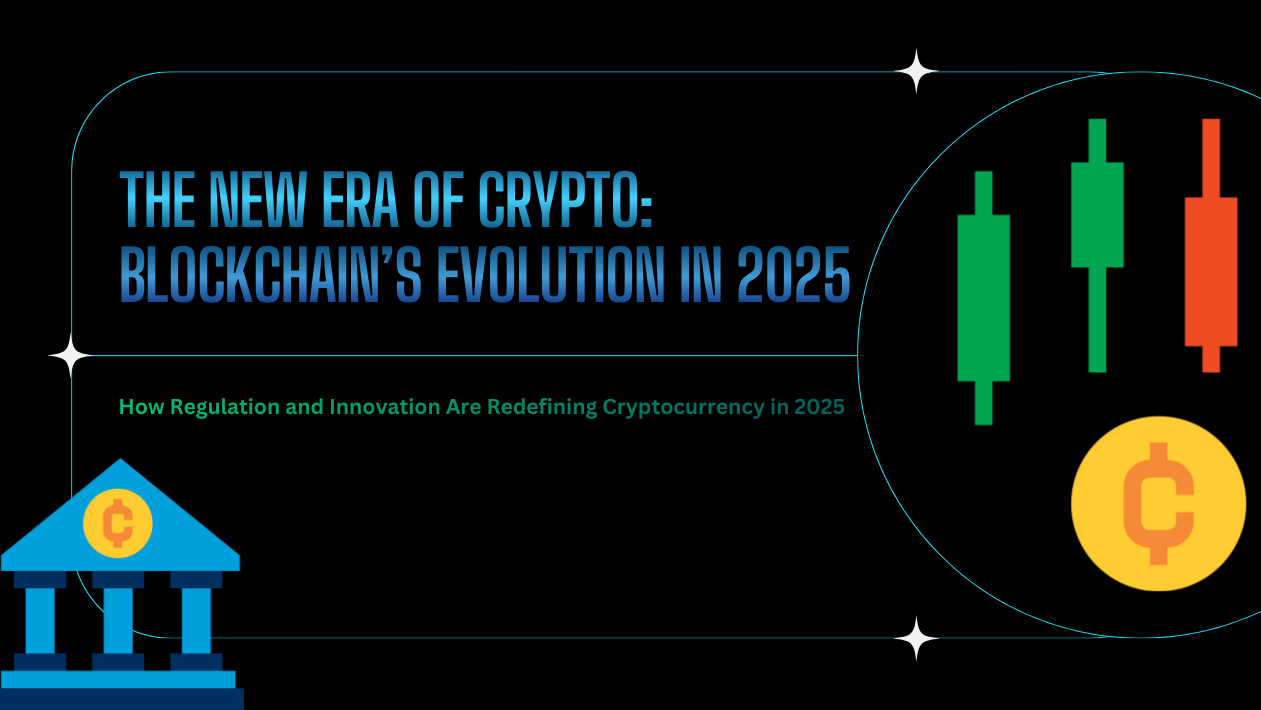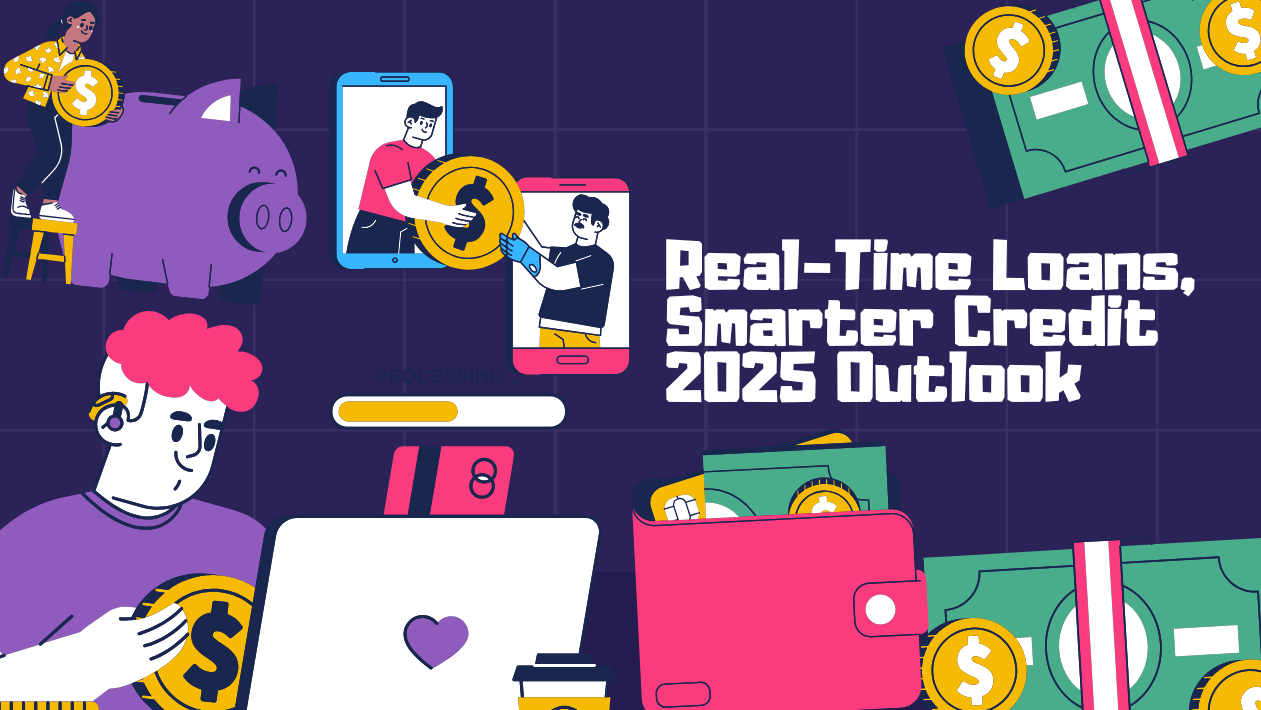In 2025, digital payments are no longer just a convenience—they are the default for businesses and consumers around the world. From tap-to-pay wearables and voice-based transactions to cross-border stablecoin settlements, the global payments ecosystem is evolving at unprecedented speed.
According to a recent report by McKinsey, over 80% of global consumer transactions are now cashless, fueled by advances in AI-powered fraud detection, real-time payment rails, and embedded finance.
Real-Time Payments Expand Globally
Countries across Asia, Europe, and the Americas are rolling out real-time payment systems that allow users to send and receive funds instantly. India’s UPI, Brazil’s PIX, and the EU’s TIPS system have become models for efficient, low-cost transactions.
In the U.S., the FedNow Service, launched in mid-2023, has seen widespread adoption by banks and fintechs, enabling 24/7 fund transfers across institutions.
Digital Wallets Become Super Apps
Wallets like Apple Pay, Google Pay, PhonePe, Paytm, and WeChat Pay have evolved into super apps offering not just payments, but also lending, insurance, crypto trading, ticket booking, and more—all within a single interface.
In Southeast Asia and Africa, digital wallets have become the backbone of financial inclusion, helping millions access banking services for the first time.
Stablecoins and Tokenized Payments Gain Ground
Stablecoins such as USDC, USDT, and PYUSD are increasingly used for cross-border payments, B2B settlements, and payroll in the gig economy. With major players like Visa, PayPal, and Mastercard integrating stablecoin rails, digital currency transactions are becoming more mainstream and regulated.
Buy Now, Pay Later (BNPL) Evolves into Smart Credit
The BNPL market is transforming into a more regulated, AI-driven smart credit ecosystem. Companies like Affirm, Klarna, and Amazon Pay Later use real-time credit scoring and spending behavior to offer personalized installment plans at checkout—online and offline.
BNPL is also being integrated into B2B payment flows, helping small businesses manage cash flow.
AI and Biometrics Boost Security
With fraud growing more sophisticated, digital payments in 2025 rely on AI-driven anomaly detection, biometric authentication, and behavioral analytics. Face recognition, fingerprint scans, and even voice biometrics are now standard features for securing transactions on mobile devices.
Embedded Payments in IoT and Smart Devices
Digital payments are now seamlessly embedded into smart cars, watches, home assistants, and retail kiosks. Whether it’s paying for tolls via license plate recognition or ordering coffee through a voice assistant, payments are becoming frictionless and ambient.
Regulatory Focus on Privacy and Interoperability
Governments and regulators are working to balance innovation with consumer protection. In the EU, the PSD3 directive promotes open banking and payment interoperability, while new data privacy laws aim to secure financial data in real-time transactions.
The Financial Stability Board (FSB) is also pushing for clearer frameworks around stablecoins and cross-border digital payments.





